Before visiting the South of Catalonia, my knowledge of this Spanish region was limited to Barcelona. I never knew a that the popular Spanish breakfast pan con tomate (bread with tomato) originated from here, or that it’s a land rich in carob trees but most importantly that it is a place four world-class artists have in common: architect Antoni Gaudí, painter Joan Miró, cellist Pau Casals and artist Pablo Picasso.
In January 2020 I joined a trip with the to discover the life and inspirations of these famous artists whilst exploring the local landscape and cuisine in the towns that influenced their artistic development in one way or another; Reus, Horta de Sant Joan, Moint-Roig and El Vendrell.
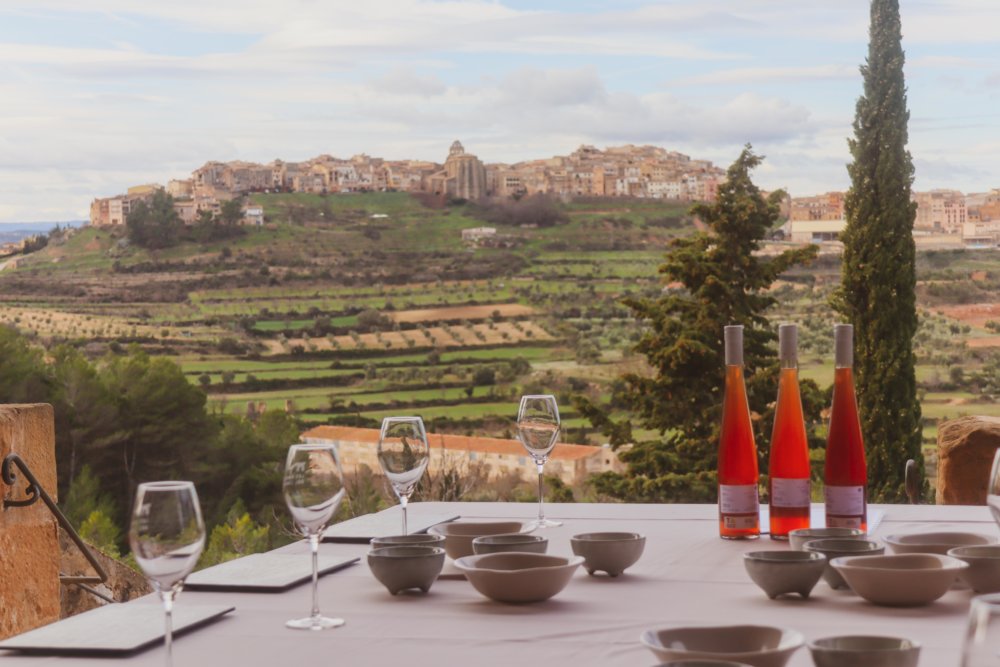
We embarked on a new route the tourism board has launched, The Landscape of the Geniuses as it follows locations important to the four artists, the settings that influenced their work and their food. Taking on the route, which you can do completely independently and by car, you’re comforted with elements of the artists’ personal life, their workspaces and original inspirations.
Taking the art beyond the museum walls and into real life is what this route is all about as it passes through real-life landscapes where Gaudi, Miró, Casals and Picasso spent time, all while tasting the region’s fresh cuisine. How?
The route maps restaurants which have created unique dishes inspired by the artists’ work in a sister project The Cuisine of the Geniuses. Some dishes use vibrant colours like in Miro’s work, others blend ingredients from the sea and the mountains that surround the region and are pictured in paintings. But we’ll get to the gastronomic experience a little bit later, first let’s meet the secret locations that so greatly touched these 4 geniuses.
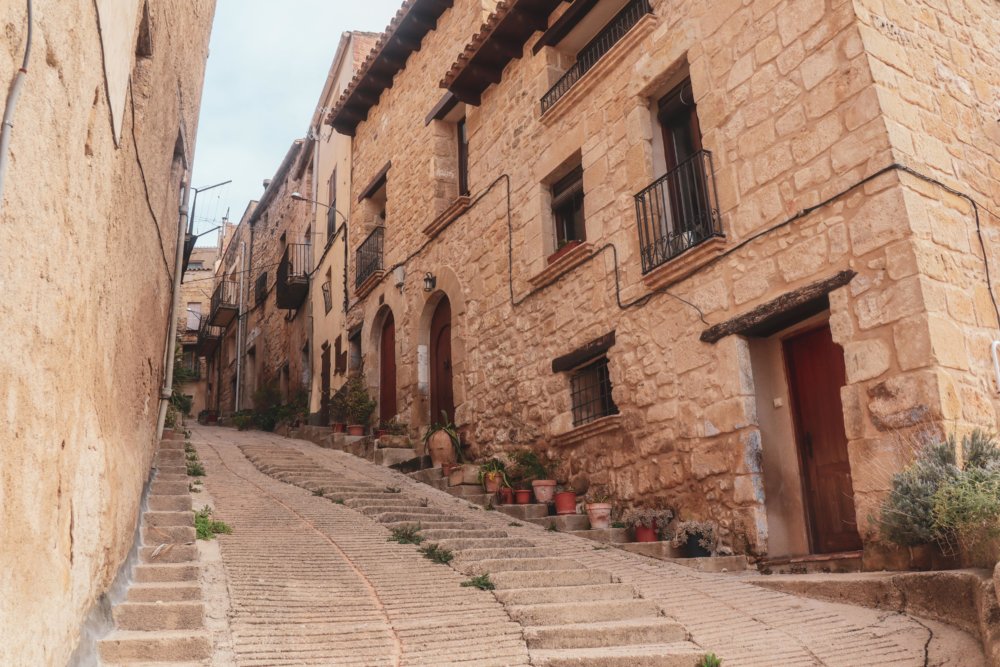
Mont-Roig: Miró’s rural summer escape
All my work is conceived in Mont-Roig – Miró
From 1911 until 1976, Mont-Roig was where Miró spent his summers and where he fully devoted his work to painting. He had a workshop next to the farmhouse and inspired by the agriculture and the landscape, he painted the creative shapes he is today known for.
At , the rural property the painter passed his summers, you can enter his workshop space with the original paintbrushes and sketches still on the table. Stepping out is what remains of the farmhouse which Miró painted his 1921 ‘La Masia’.
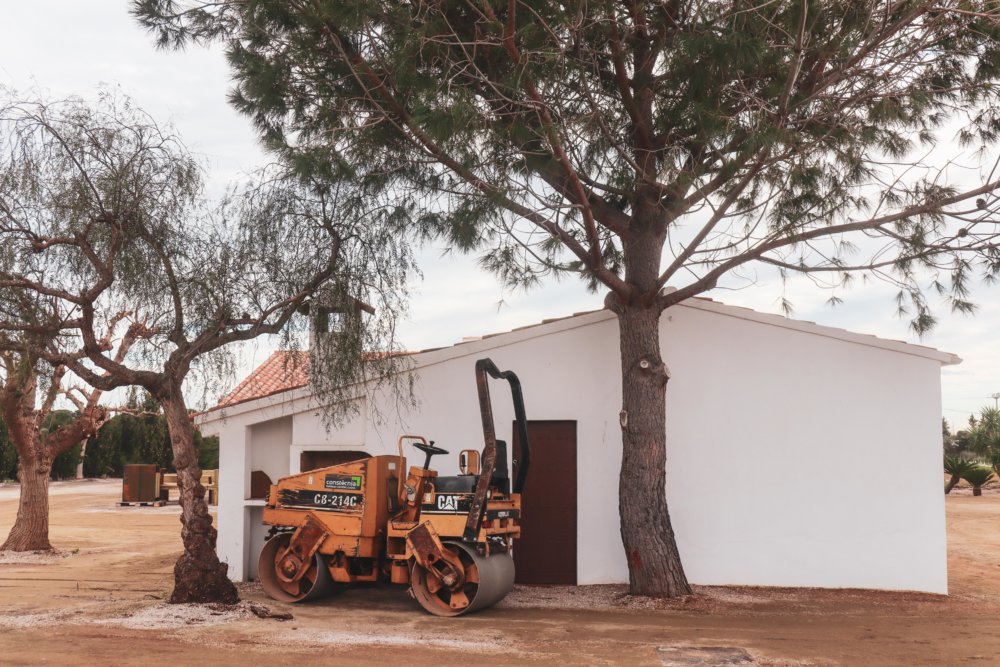
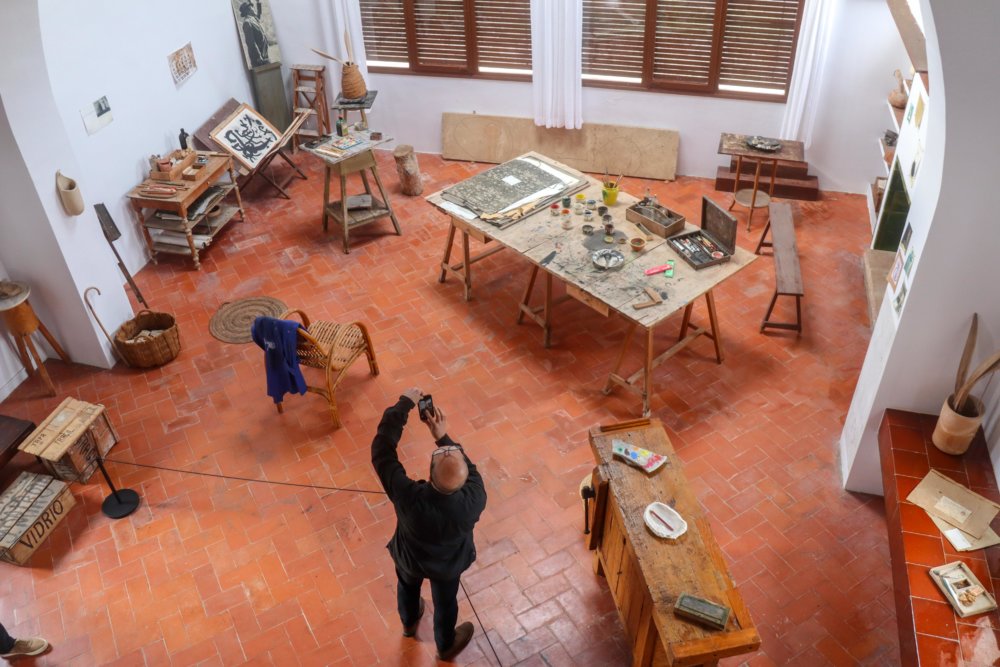
Fun fact: Catalonia is rich in carob trees and Miró himself described that he always carried a carob from Mont-Roig with him to give him the strength of a tree. Carob is an element we came across frequently on the trip. At Mas Miró we were treated to carob biscuits (delicious) and later that evening we tasted a carob and honey bread (even more delicious).
Horta de Sant Joan: Picasso’s beginning with cubism
Everything I know I learned in Horta – Picasso
Though born in Malaga and raised in Barcelona, young Pablo Picasso spent two summers in the small mountain town of Horta de Sant Joan, invited by his friend Manuel Pallares, and it was the place where he began experimenting with geometric cubism.
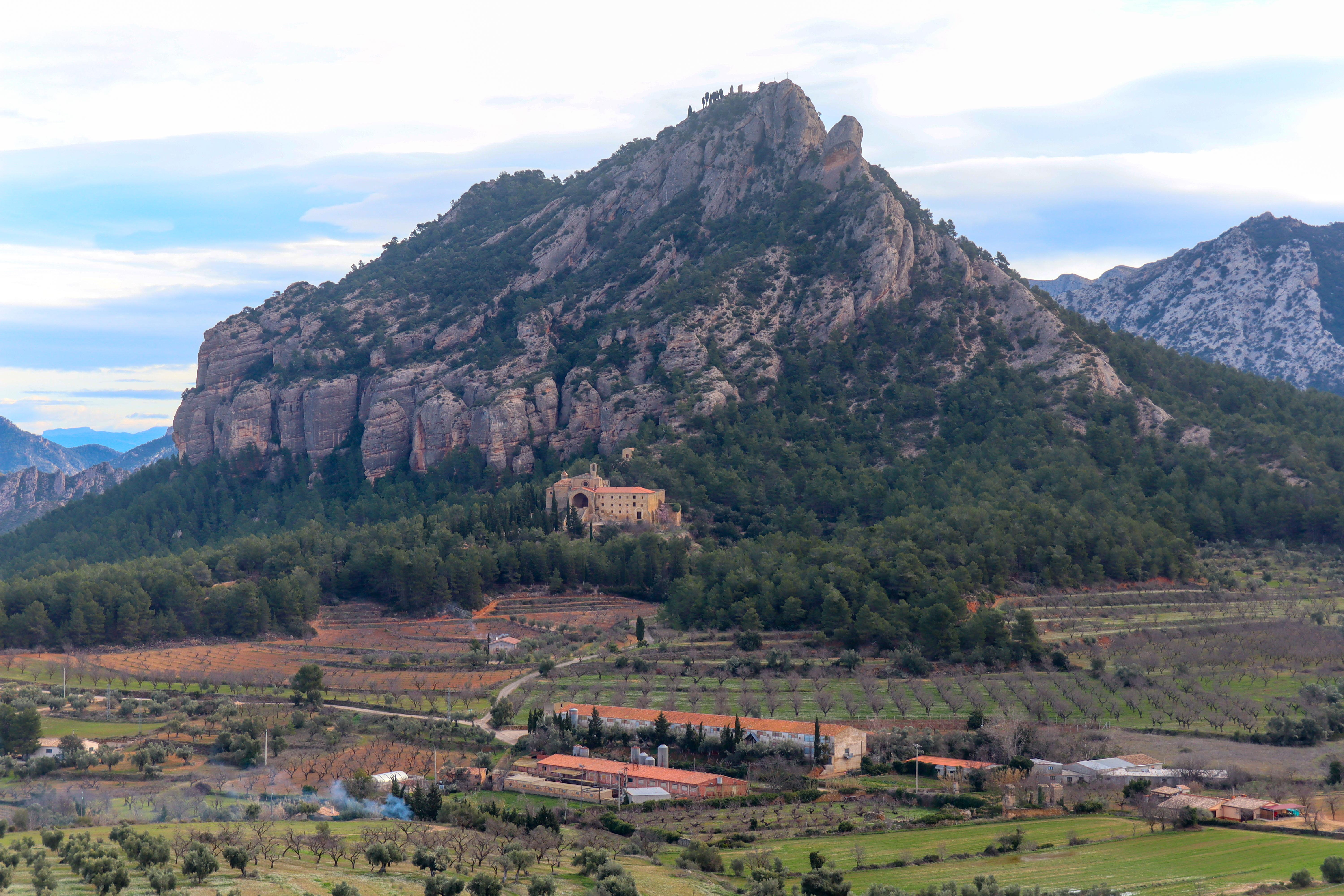
Inspired by the village’s topography and mountain range, in his first visit at 16 years old he painted Santa Barbara mountain. When he returned in 1909, he re-painted the mountain featuring some cubism elements along with the Saint Salvador Convent oil painting ‘The procession to the Covent’.
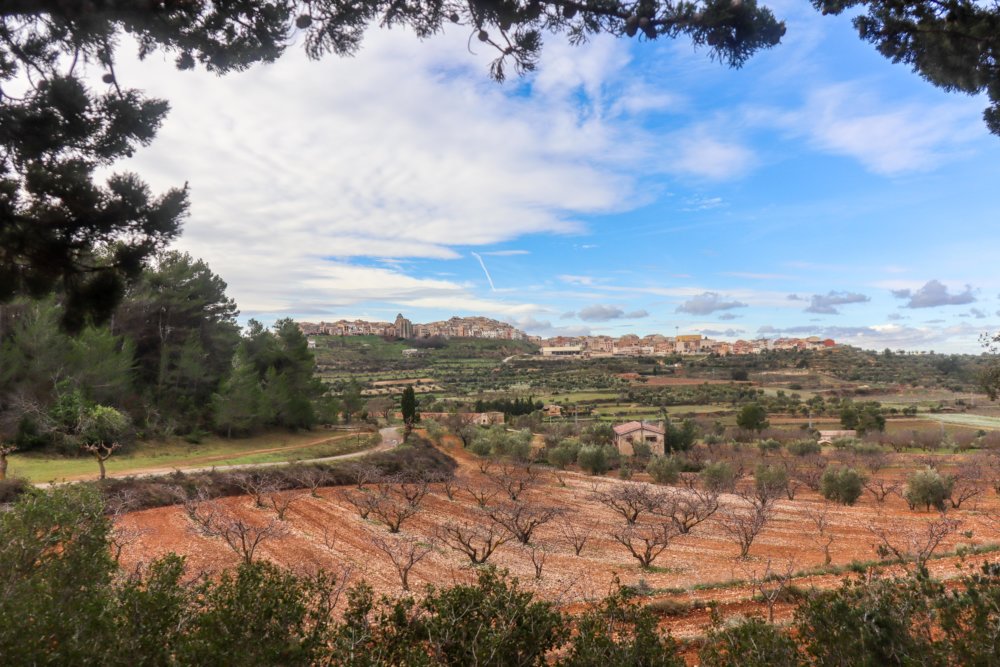
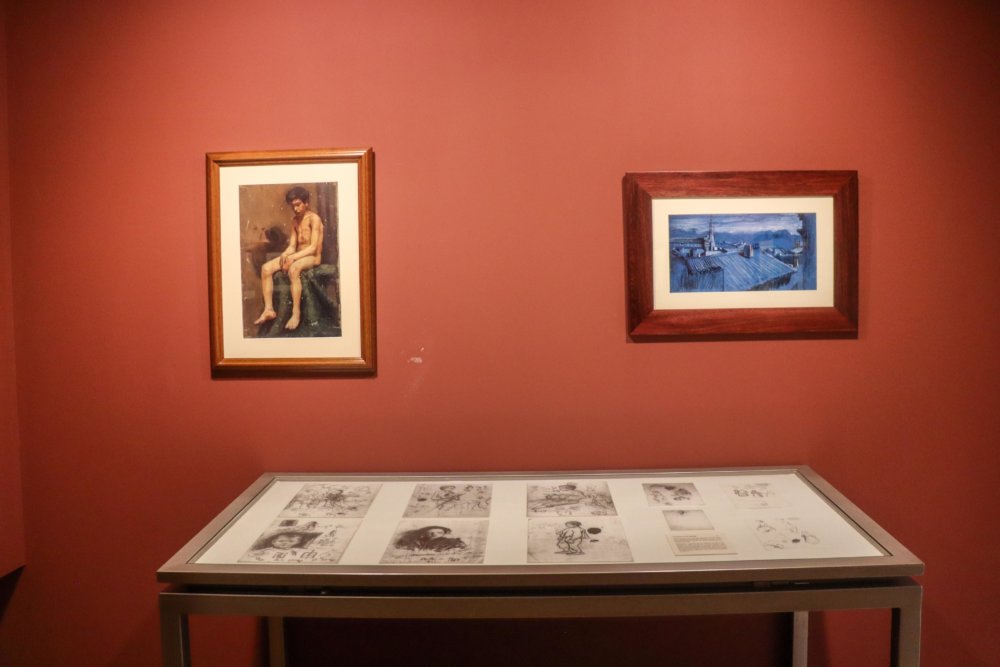
The view from the convent, submerged in trees at the foot of the mountain, offers a fantastic outlook on the town. Back in the centre, hosts numerous reproductions of early paintings and I was thrilled to witness Picasso’s experimentation with proto-cubism and his first attempts to style his artistic signature.
Fun fact: Picasso and his friend Manuel spent a few nights sleeping in a cave in Els Ports.
Reus: the birthplace of Gaudi and his creativity
Originality means going back to the source – Gaudi
When thinking of Gaudi, it’s hard not to visualise Barcelona’s eccentric and colourful buildings yet a great deal of this architect’s inspirations derived from his birth town; Reus. It’s where he lived until the age of 16 with his family of copper-makers.
Walking Reus and its monuments it’s evident that so many details of his artistic masterpieces are influenced by elements of this town; the flowers, the shells, the honeycombs. I was particularly surprised to find that the spiral staircase in the famous Sagrada Familia was inspired by the spiral stairs in St Peter’s bell tower in Reus!
Further into town, in a large square sits the ; a fantastic homage to this grand architect displaying a detailed look inside his designs, how they work and what inspired them. The centre’s technology and clever use of space and light help visitors understand Gaudi’s work by experiencing the details.
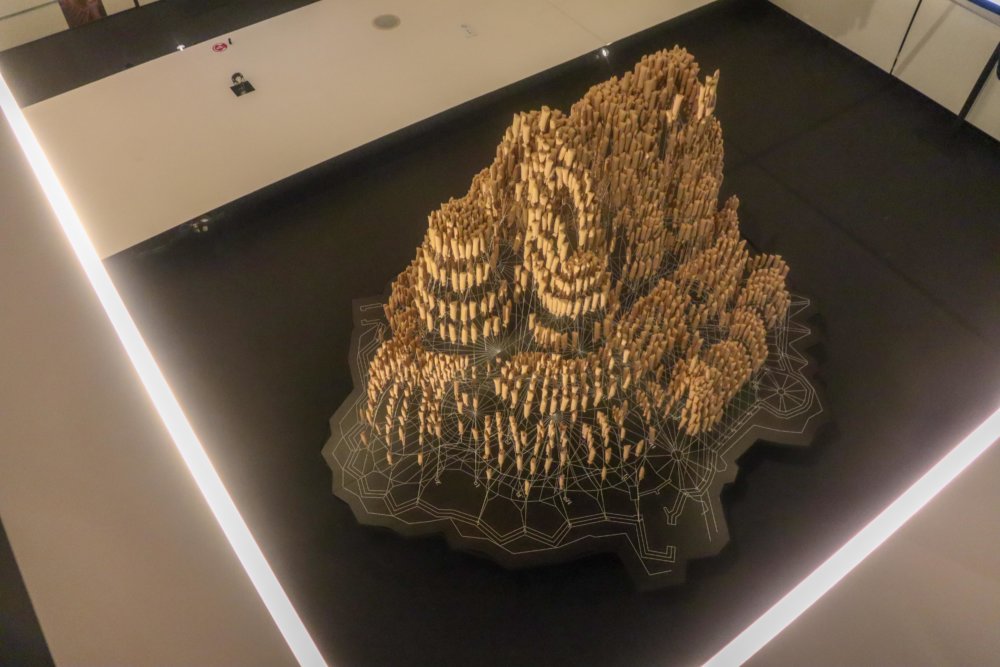
Fun fact: Gaudi’s most known temple, La Sagrada Familia, is a large unfinished Roman Catholic basilica said to be completed in 2026 by architect Jordi Fauli and his team.
El Vendrell: Casals’s beachfront paradise
Fortunately, in all my travels in so many foreign countries, I have never left behind the child from El Vendrell – Casals
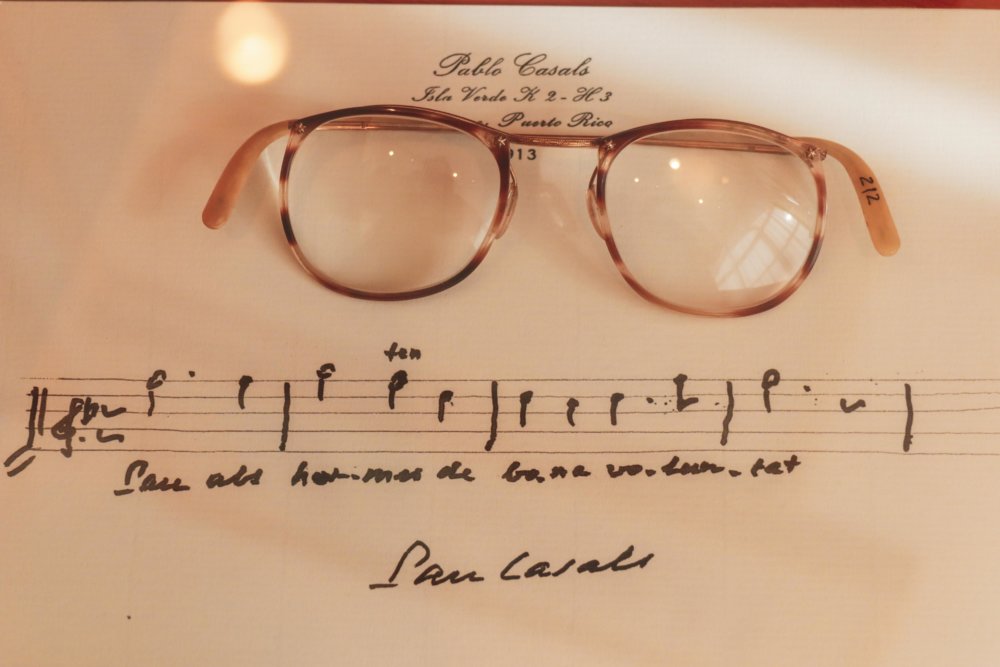
When the bus stopped in front of Vil·la Casals I could barely believe my eyes seeing how beautiful (and large) the garden was. Pau Casals was a fortunate man having had such a lovely seafront summer residence, despite spending time in exile.
Linking Barcelona and Tarragona, the coastal town of El Vendrell was the home of the cellist. He went on to conquer the international music world playing in London, Paris, the USA but Catalonia always remained with him.
El Vendrell has two locations tied to the cellist; his home and his summer beach residence, now a beautiful museum, .
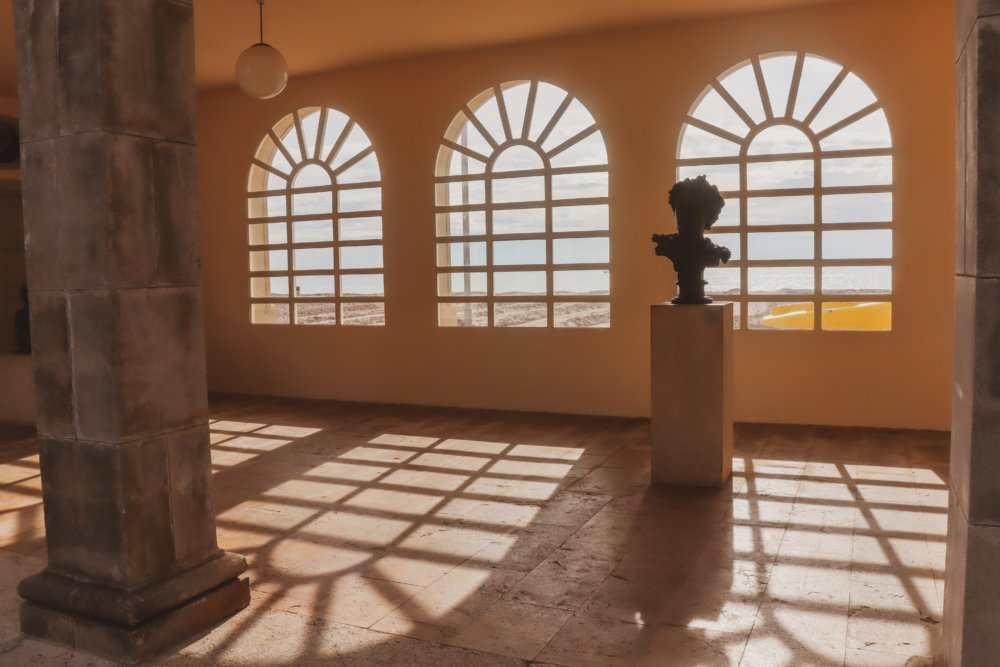
A large property with a lush garden that houses music evenings in the summer and a stunning beach-front view, the museum pays a beautiful homage to Casals’s legacy. Fernando, the Italian guide at the museum, oozes passion for the cellist and his mesmerising storytelling as he took us through the grounds was captivating. You are lucky if you are toured by him.
The museum has kept the original stunning décor and gorgeously chronicles Casals’s life and music including videos and live recordings
Fun fact: Casals’s first cello was made out of a pumpkin his father built for him and is the first item displayed in the museum.
The Cuisine of the Geniuses
A project within the Landscape of the Geniuses initiative is this gastronomic experience to taste the produce, culture and history that seduced the 4 artists. The region’s top restaurants have teamed up to offer signature meals that would make even Picasso proud.
On the trip’s welcome evening we were invited to a sensory dinner with 18 dishes prepared top chefs. It was an evening of exquisite culinary detail paired with an audio-visual experience, linking the artists’ work with each dish, from how it’s plated to its presentation.
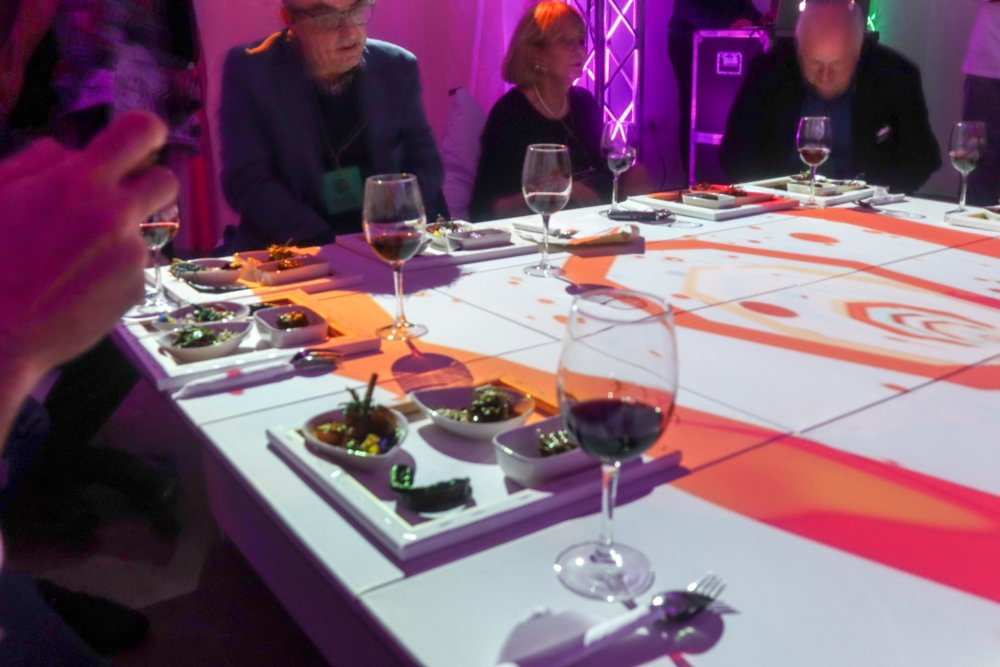
The lamb and saffron soup Picasso was served at Hostal del Trompet, where he stayed with his girlfriend, Fernande Olivier, the hazelnuts that Gaudi always carried in his pockets greatly inspired by nature and Casals’s adoration for thyme soup are all elements part of the Cuisine of the Geniuses, skilfully merging history with gastronomy and art.
To taste these dishes for yourself, find the list of restaurants while on the trip.
Activities to do en route
The initiative is a jam-packed itinerary with a dozen activities to take on. Given the route’s flexibility, it’s up to you whether to complete the whole route or spread it out on various trips. The local promotional boards have made sure that are enough experiences to keep you busy.
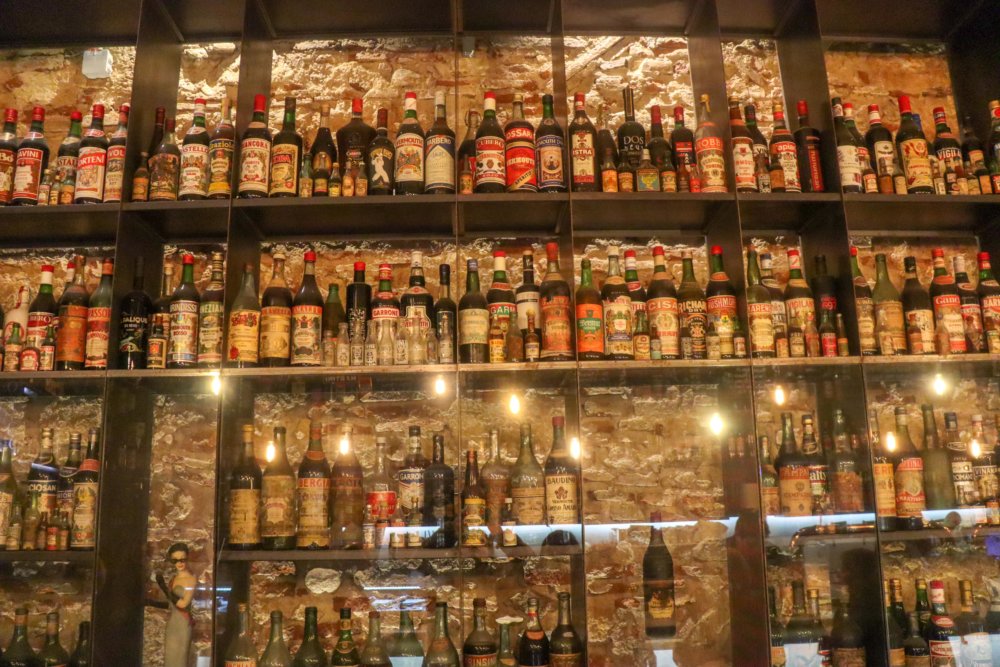
Try vermouth tasting at in Reus or visit the Mare de Déu de la Roca Chapel in Mont-Roig and find the spot from where Miro painted his ‘Mont-Roig, Sant Ramon, 1916’ painting. It’s easy to spot as a frame stands in the exact location from where the painter stood.
In Horta de Sant-Joan discover oil tourism and do some oil tasting at , a family-owned oil business. Here I was amused to find that the way to oil taste is by drinking it from a shot glass. You won’t be gobbling down the entire glass, of course, only a tiny amount on your tongue, nonetheless, it was a pleasant surprise.
While there perhaps you’ll indulge in la clotxa, a typical dish of the region which you prepare yourself. Empty out a round bread, drizzle in extra virgin olive oil and stuff it with roasted tomatoes, garlic and grilled sardines. Each bite had a hint of each ingredient though I liked mine with a bit more olive oil and a bit less salty sardine. A dish easily made at home too.
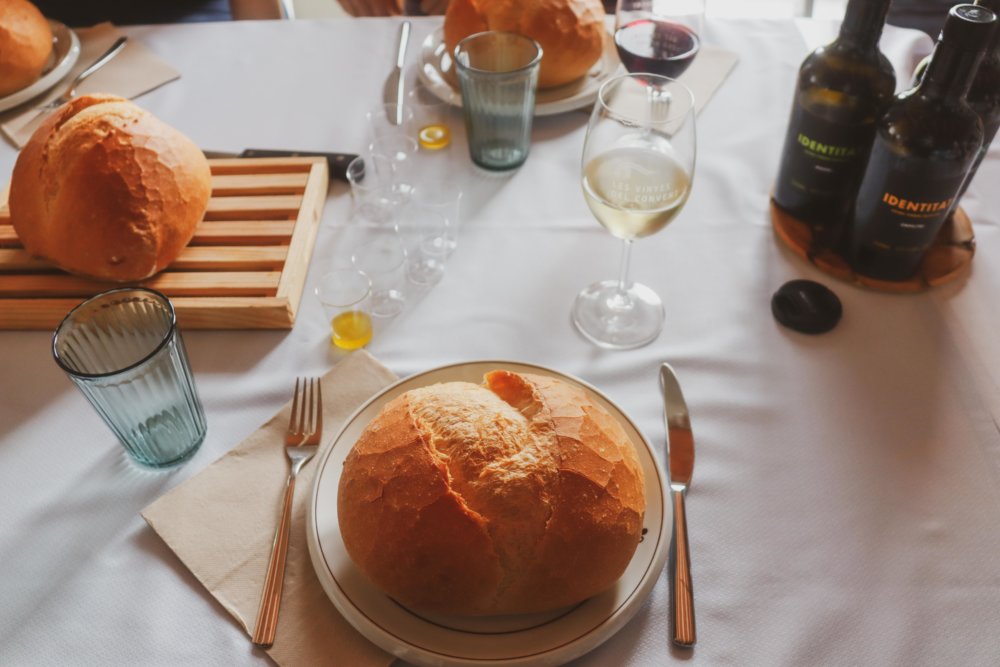
With an aim to take curious travellers further into Catalonia, the Landscape of the Geniuses route is a wonderful blend of art and gastronomy, getting to know the secrets of four world-renowned artists and tasting the region’s goods.
The initiative was created by the tourism boards of and , under the umbrella of Catalonia. Find more information on the official website . A special thanks to the for organising this trip.
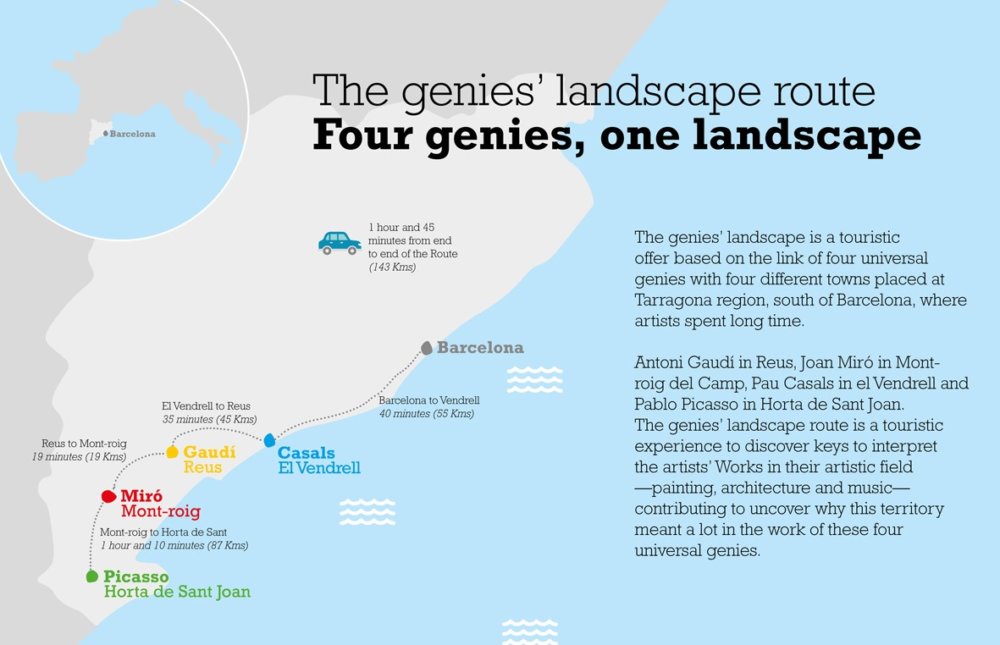
All photos are by Eleni Philippou





























